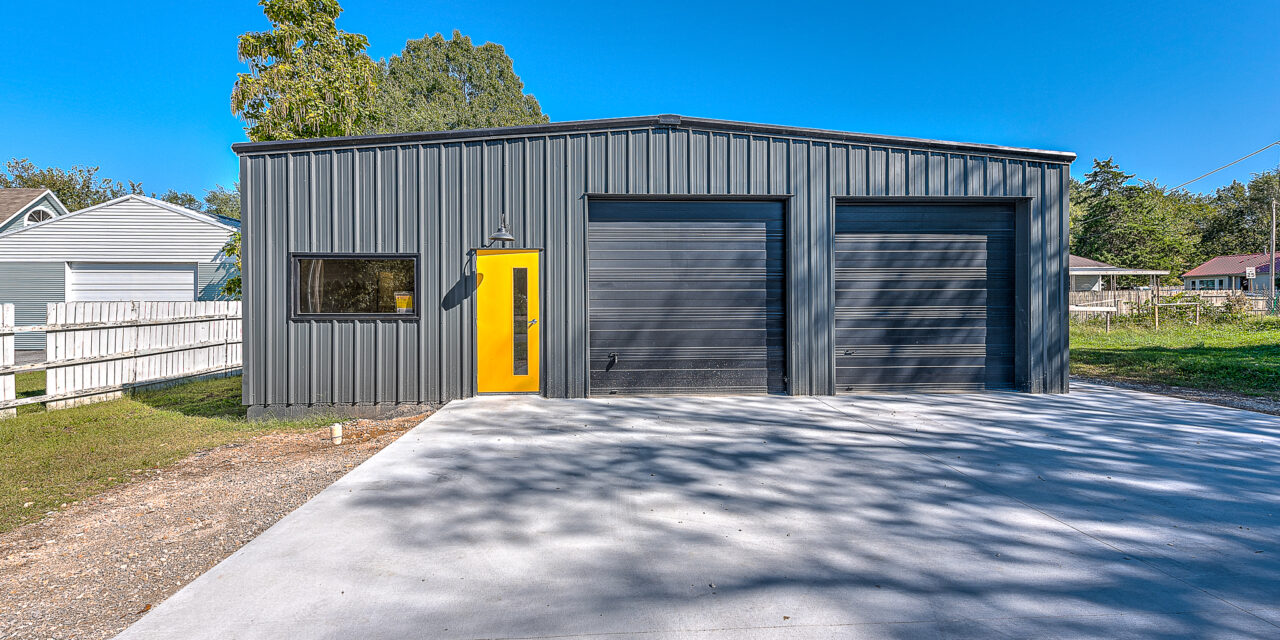If you visit downtown Springdale today, you’ll find it alive with cranes — the feathered kind and those that run on diesel. That’s because, as you may have heard, downtown Springdale is experiencing a rebirth of sorts. In addition to new art, new programming and new businesses, there are a few new buildings filling the skyline — among them Tyson Foods’ information technology office (opened in 2018) and Blue Crane’s mixed-use developments. These large-scale projects are important because they will provide the density (workers and residents alike) that is so critical to creating a vibrant downtown.
Before these big developments came along, however, downtown Springdale residents were already at work on smaller projects that have paved the way for the larger ones by generating demand and stirring up excitement and interest. Here, I share my story and that of a colleague whom I admire. Hopefully they will inspire you to join us in the league of small developers. Can we fix those eyesores in our neighborhood? Yes, we can!
The road to real estate
My journey into real estate began when I began buying and renovating properties in 2014. My second purchase in 2015 was an 800-square-foot cinder block building once used to test vaccines for the poultry industry. Though it was somewhat unsightly, I could see the potential in this little building and bought the property off market by sending the owner, who lived in California, a letter — an actual mailed letter with a stamp. I bought it cheap and spent about a month cleaning it up; 45 days later, I had it leased to a local trim carpenter who also built furniture. Over the years it also served as a music studio and bathrooms for a food truck. That may not sound glamorous, but that’s real estate development! Fast-forward to 2022, and there’s a new street extension and major upcoming investments in the nearby park. I’m happy to report that my partners and I have completed several other projects and are exploring plans for a new mixed-use project on that site.
It’s funny now to think that for a long time I didn’t consider myself a real estate developer. I didn’t feel like I had earned that title. I had never built anything from the ground up. I had never assembled five parcels from various owners using tax credits and a 1039 exchange. I couldn’t tell you what an equity waterfall was, but I did fill empty spaces with people. Really, that’s all it is, and you can do it!
A word to aspiring developers
If this article has inspired you to run headfirst into real estate development, here are some commandments (or strong suggestions):
*Familiarize yourself with your local code of ordinances, especially those involving form-based code (if you’re lucky), zonings, land use, design standard and parking minimums (if you’re unlucky). Knowing your city’s master plan is like having a crystal ball.
*Network and get to know the other people in your development sphere — that includes planning department staff, other developers, business owners and any other interesting characters that inhabit your neighborhood. We’re all on the same team with the same goal of improving our community.
*Hunt for those diamond-in-the-rough properties, and when you find them, be willing to do what others won’t. That includes mailing physical letters (see above).
Payton Parker is the owner and principal broker at Black Bear Real Estate & Development.



